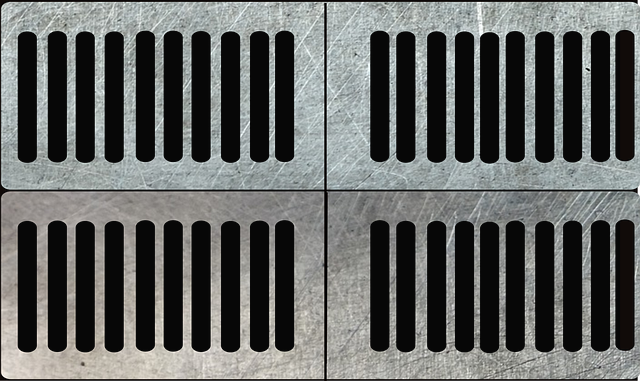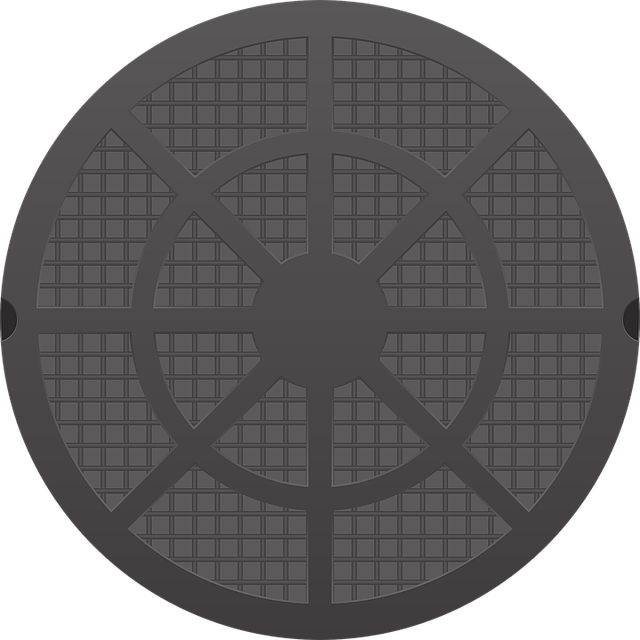Sewer line repairs are costly, so understanding hidden costs and common causes (age, roots, corrosion, ground movement) is vital. Regular maintenance, including inspections and professional assessments every 6 months, prevents issues like blockages, cracks, or collapses. Prompt action reduces repair expenses. The Sewer Line Repair Guide offers essential steps: regular inspections, avoiding drain overload & tree planting near lines, using bio-friendly products, fixing leaks promptly. It distinguishes between repairing (localized damage, cost-effective) and replacing (severe corrosion/damage, future prevention).
“The unseen infrastructure beneath our feet—sewer lines—is vital for our modern lifestyles, yet often overlooked until a crisis arises. This Sewer Line Repair Guide delves into the hidden costs and common causes of these repairs, revealing how avoidable failures can empty your wallet. Understanding the signs and taking preventive measures can save you significant expenses. From identifying issues early to choosing between repair and replacement, this guide equips homeowners with knowledge to protect their properties and budgets.”
- Understanding Sewer Line Repairs: The Hidden Costs and Common Causes
- A Step-by-Step Guide to Preventing Expensive Sewer Line Failures
- Cost-Effective Solutions: Repair vs. Replacement and When to Choose Each
Understanding Sewer Line Repairs: The Hidden Costs and Common Causes

Sewer line repairs can be a costly surprise for many homeowners, often emerging as unexpected expenses in an already tight budget. Understanding the hidden costs and common causes is essential for any property owner looking to navigate this challenge effectively. The sewer line, a crucial component of your home’s plumbing system, runs beneath your property, making issues difficult to detect until they escalate.
Common causes of sewer line damage include age-related deterioration, tree root intrusion, corrosion from chemical exposure, and ground movement due to settlement or earthquakes. These factors can lead to blockages, cracks, or complete collapses, necessitating immediate repair or replacement. To avoid the real cost of sewer line repair, regular maintenance is key. A Sewer Line Repair Guide recommends inspecting pipes for signs of damage, scheduling professional assessments, and addressing issues promptly. Proactive measures can significantly reduce the likelihood and expense of major repairs down the line.
A Step-by-Step Guide to Preventing Expensive Sewer Line Failures

Preventing expensive sewer line failures starts with proactive measures and regular maintenance. Here’s a step-by-step guide to help you stay ahead of potential issues:
1. Regular Inspection: Schedule routine inspections every 6 months to identify any signs of damage, corrosion, or root intrusion. Professional plumbers use advanced technology to detect problems before they escalate.
2. Avoid Fatigue and Overload: Don’t overload your sewer lines with too much waste or foreign objects. Be mindful of what goes down the drain – no fats, oils, grease, or non-biodegradable materials. These can congeal and cause clogs, leading to costly repairs.
3. Plant Smart Near Sewer Lines: Avoid planting trees or shrubs close to your sewer lines. Roots from these plants can infiltrate pipes, causing damage over time. Keep a safe distance to prevent root obstructions.
4. Use Bio-friendly Cleaning Products: Opt for eco-friendly and bio-degradable cleaning products instead of harsh chemicals. These are safer for your pipes and reduce the risk of corrosion.
5. Fix Leaks Promptly: Address any leaks in your plumbing system immediately. Water leakage can lead to soil erosion, shifting ground, and structural damage that may compromise sewer lines.
Cost-Effective Solutions: Repair vs. Replacement and When to Choose Each

When considering sewer line repair, a crucial decision lies between repairing or replacing the damaged section. This choice significantly impacts both your wallet and the longevity of your plumbing system. A Sewer Line Repair Guide reveals that repairs are often the more cost-effective option for several reasons. First, fixing a small segment of the line can prevent extensive excavation, saving you on labor costs and minimizing disruptions to your property. Second, repairing allows for the preservation of the existing pipe material, which could still be sound despite the damaged area.
However, replacement becomes necessary when the pipe is severely corroded, has sustained significant structural damage, or if multiple sections need repair within a short span. In such cases, it’s more prudent to opt for a complete replacement to avoid future leaks and clogs. Understanding when to choose between repair and replacement is key in navigating the Sewer Line Repair Guide and ensuring you make an informed decision that balances both cost-effectiveness and long-term plumbing health.
Sewer line repairs can be costly, but proactive measures can significantly reduce these expenses. By understanding common causes of failures and implementing a preventive maintenance plan, homeowners can avoid costly emergencies. The guide provided offers practical steps to navigate sewer line repair decisions, ensuring you make informed choices that best suit your situation. Remember, regular checks and timely actions are key to keeping your sewer system in top condition, saving you from unexpected bills. Embrace the Sewer Line Repair Guide as your go-to resource for maintaining this vital infrastructure.
